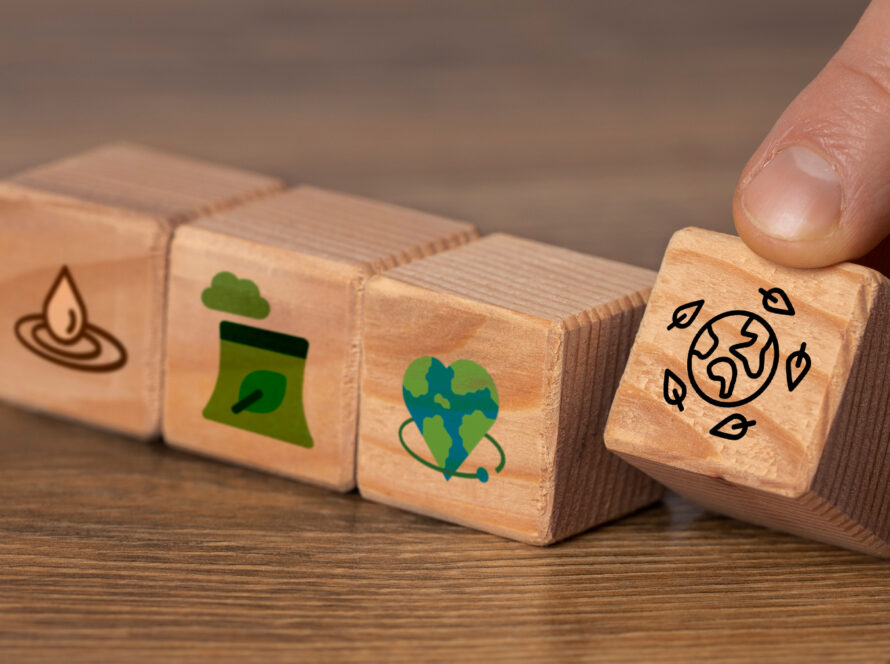Introduction
Sustainability, as a concept, is not a recent invention but rather a deeply rooted principle that has evolved over millennia. To truly grasp its significance in our modern world, it’s essential to trace its historical roots. From the practices of ancient civilizations to the rise of modern environmental movements, the journey of sustainability is both fascinating and enlightening. Let’s embark on this historical expedition to understand how humanity’s relationship with the environment has evolved over time.
Ancient Wisdom: The Foundations of Sustainability
- Early Agricultural Societies: The dawn of agriculture marked a significant turning point in human history. Ancient civilizations such as the Sumerians, Egyptians, and Indus Valley dwellers understood the importance of living in harmony with nature. Practices like crop rotation, soil conservation, and water management were essential for sustaining their societies.
- Indigenous Knowledge: Indigenous cultures across the globe have long revered the Earth as a sacred entity. Their deep connection to the land fostered sustainable practices that ensured the preservation of natural resources for future generations. Concepts like the Seventh Generation Principle among Native American tribes emphasized the intergenerational responsibility of stewardship.
The Age of Enlightenment: Shifting Perspectives
- Industrial Revolution:
The Industrial Revolution of the 18th and 19th centuries brought about unprecedented technological advancements but also ushered in an era of environmental exploitation. Mass production and urbanization led to pollution, deforestation, and resource depletion on a global scale. Thinkers like Henry David Thoreau and John Muir emerged as early advocates for conservation and preservation, challenging the prevailing mindset of exploitation.
- Birth of Conservatism: The late 19th century saw the emergence of organized conservation movements. Figures like Theodore Roosevelt in the United States and John Stuart Mill in Britain advocated for the protection of wilderness areas and the responsible management of natural resources. The establishment of national parks and wildlife reserves marked a shift towards recognizing the intrinsic value of nature.
Modern Environmentalism: A Call to Action
- Silent Spring and Environmental Awareness:
Rachel Carson’s groundbreaking book “Silent Spring” (1962) served as a wake-up call about the detrimental effects of pesticides on the environment and human health. This seminal work ignited the modern environmental movement, prompting widespread public concern and calls for regulatory action.
- Sustainability as a Global Imperative: The latter half of the 20th century witnessed growing recognition of environmental issues on a global scale. Events like the first Earth Day in 1970 and the formation of organizations like Greenpeace and the World Wildlife Fund galvanized public support for environmental conservation and sustainability initiatives.
Challenges and Opportunities in the 21st Century
- Climate Change and Resource Depletion:
The 21st century presents unprecedented challenges in the form of climate change, habitat loss, and dwindling natural resources. The
need for sustainable practices has never been more urgent as we confront the realities of a planet in peril. - Advancements in Sustainable Technology: Despite the challenges, there is cause for optimism as innovations in renewable energy, sustainable agriculture, and eco-friendly design offer solutions to mitigate environmental degradation. From solar and wind power to
permaculture and green building practices, the tools for a sustainable future are within reach.
Conclusion
The journey of sustainability is a testament to humanity’s capacity for adaptation and innovation. From ancient civilizations to modern environmental movements, the evolution of our relationship with the environment reflects our collective aspirations for a more harmonious coexistence with nature. As we navigate the complexities of the 21st century, let us draw inspiration from the wisdom of the past and work towards a future where sustainability is not just a goal but a way of life. Join us as we dive deeper into the world of sustainability and explore the three pillars of sustainability in the next blog.



